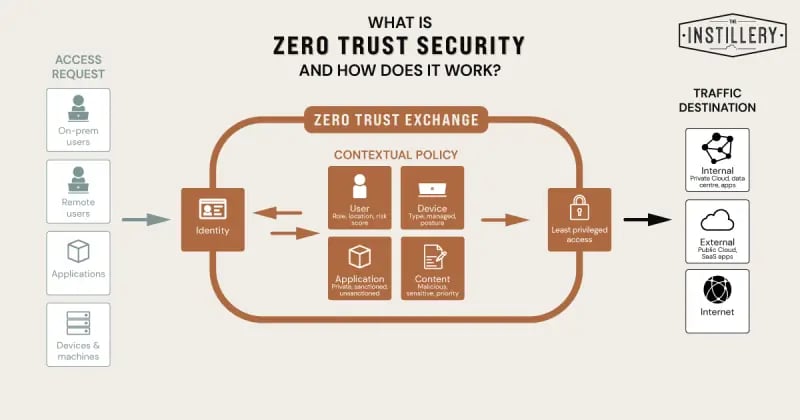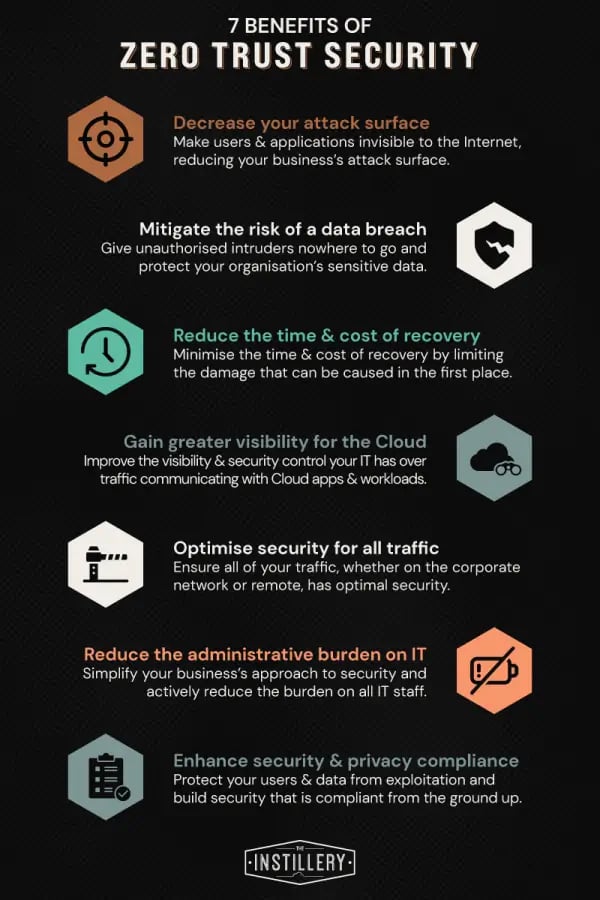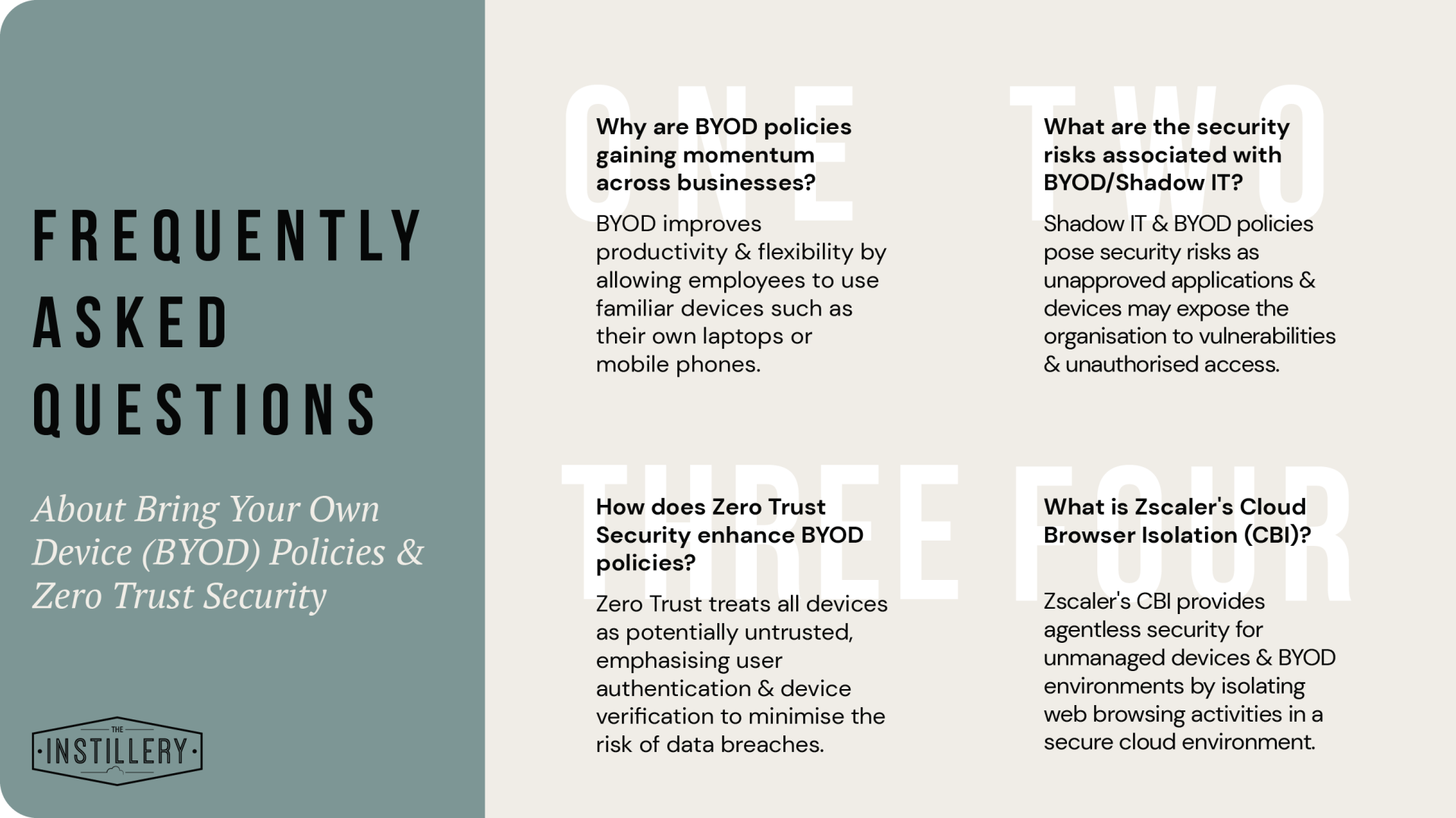Zero trust is a term that has quickly built prominence across technology communities but has had several ‘definitions’ and not all of them are truthful. Unfortunately, telcos and other networking vendors have been jumping at the opportunity to repackage old technology like classic VPNs and market them as ‘zero trust’, creating a fair bit of confusion.
The definition of zero trust security couldn’t be simpler. It is not any single product or service but an approach to security that is built around a sole concept: “never trust, always verify”. This is achieved by providing the least-privileged access when users and applications are communicating with data and other applications. The networking tech that is being pushed as ‘zero trust’ by telcos still fundamentally provides users with access to networks. In a true zero trust environment, a user should have direct access to the data and applications they are authorised to access, and not a network.

What is Zero Trust and how does it work?
The Core Principles of Zero Trust
Verify every access request
Zero trust is based on verifying every access request, regardless of the user or application it has originated from, before allowing it to reach its destination. It doesn’t matter who the user is or whether they are on the corporate network or at home. Every request is treated as untrusted and validated against identity and context-based criteria.
Provide the least privileged access possible
Zero trust relies on providing the least privileged access possible by restricting access to just the applications and data the user or application making the request is authorised to access, and not a network. This approach significantly reduces your attack surface as it essentially hides users and applications from the internet and limits the damage a malicious attack can cause.
Use granular, adaptive context-based policies
Access requests should be validated against a comprehensive list of policies that verify criteria such as identity, location, type of device, and even the application that is being requested. The policies should also be adaptive and trigger each time any context of the user or application making the request is changed.
Assume a breach has already occurred
To enable the above approach, effective zero trust security is built upon the concept that a security breach might have already occurred and so all traffic needs to be terminated and inspected before being allowed to reach its destination. This approach provides exceptional protection and assurance against attacks that attempt to infect as many devices and systems as possible, like ransomware and malware.
Benefits of Zero Trust
With the right zero-trust approach to security, your business can simplify network architecture, create a consistent user experience and bolster your cybersecurity posture across the board. Below is a brief overview of the common benefits zero-trust provides but you can read them in full in our article.

7 benefits of zero trust security
Key Distinctions between Zero Trust & Traditional Security Models
Zero Trust security differs from conventional network security models by prioritising validation of every access request, regardless of user or application origin. It provides restricted access privileges to authorised applications and data, reducing the attack surface and mitigating potential malicious consequences. With meticulous context-based policies evaluating factors like identity, location, and device type, Zero Trust ensures comprehensive access validation. It assumes a breach may have occurred, requiring termination and inspection of all network traffic. Adopting Zero Trust enhances network architecture, strengthens cybersecurity posture, and delivers seamless user experiences.
The fundamental approach to safeguarding your organisation against modern cyber threats such as malware and ransomware needs to change. Read our dedicated blog, Rethinking Traditional Security Approaches for Modern Threats with Zero Trust, where we further demystify Zero Trust, explore its relevance, and provide practical insights to fortify your organisation's defences.
Zero Trust Network Access vs Virtual Private Networks
When providing remote access, Zero Trust Network Access (ZTNA) and Virtual Private Networks (VPNs) emerge as distinctive methods with divergent principles. VPNs establish a secure tunnel to enable remote network access, while ZTNA adheres to the fundamental concept of "question everything and authenticate continuously." By scrutinising the identity and context of each request, ZTNA grants the most limited and specific resource access, embracing the principle of least privilege. Conversely, VPNs often authorise broader network access, thereby potentially exposing security vulnerabilities. To acquire comprehensive insights into these contrasting approaches and discern the optimal strategy that aligns with your unique security requirements, read our comprehensive blog post: VPNs vs Zero Trust Network Access.
What about Zero Trust & BYOD/Third-Party Policies?
In today's fast-paced business landscape, embracing BYOD offers unparalleled flexibility and productivity gains for your employees. However, the rise of third-party devices and Shadow IT brings new security risks and challenges that some businesses are unprepared for. To get you up to speed, we've created a short FAQ blog that delves deep into Zero Trust, addressing how it perfectly complements BYOD policies.

From securing unmanaged devices to implementing multi-factor authentication (MFA), our blog explores how Zero Trust Security synergizes seamlessly with BYOD policies, empowering you to unlock productivity without compromising data protection.
Read on to discover how the powerful integration of Zero Trust and BYOD policies can fortify your organisation's security stance.
Enhanced User Experiences through Zero Trust Security
In the modern digital landscape, where Bring Your Own Device (BYOD) policies have already demonstrated their ability to enhance user experience and flexibility, it's essential to recognise that Zero Trust security frameworks can also play a pivotal role in further improving the experiences of your employees, customers, and partners. To gain deeper insights into addressing elevated user expectations and how strategies such as user-centric design, network optimisation, application performance monitoring, security integration, and scalability can synergize with Zero Trust to elevate user experiences, explore our dedicated blog: "Optimising User Experiences with Zero Trust."
Conclusion
Zero trust is not a specific product or service and it is definitely not old networking technology that applies a set of controls to allow ‘trusted’ users remote access to a network.
To summarise, zero trust is an approach to security that is built on the foundation that all traffic, regardless of where it is coming from, should be treated as untrusted and validated before being allowed to reach its destination. That foundation can be achieved by following four key principles:
- Verify every request
- Provide least-privileged access
- Use granular, context-based validation policies
- Assume a breach has occurred
If you’re interested in reading further on zero trust security, our Chief Operations Officer, Jeremy Nees, recently shed light on what great zero trust security looks like in his blog, Zero Trust with Extreme Prejudice.

3 Aug 2022




